Exploring the Architectural Wonders of the Pyramids: An Insider’s Guide

Introduction
Brief History of the Pyramids
The pyramids, particularly those at Giza, are a testament to ancient Egypt‘s architectural brilliance. Constructed over 4,500 years ago, the Great Pyramid of Giza stands as one of the Seven Wonders of the Ancient World. These majestic structures were built as monumental tombs honoring pharaohs, showcasing the Egyptians’ advanced engineering skills and commitment to their beliefs in the afterlife.
Significance of the Pyramids in Egypt’s History
The pyramids hold immense significance in Egypt’s history, symbolizing:
- Power and Wealth : They reflect the pharaohs’ divine status and authority.
- Cultural Identity : The pyramids are an integral part of Egypt’s heritage, representing ancient beliefs and practices.
- Tourism : Today, they attract millions of visitors, contributing to Egypt’s economy.
Ultimately, the pyramids continue to inspire awe and curiosity, weaving a rich tapestry of history that connects past and present.

Architectural Marvels of the Pyramids
Construction Techniques and Materials Used
The construction of the pyramids showcases extraordinary engineering techniques that still baffle scholars today. Primarily, the Egyptians utilized:
- Limestone Blocks : Extracted from nearby quarries, these served as the main building material.
- Mud Bricks : Used for the inner chambers, providing insulation and support.
- Ramps : Ingeniously designed ramps facilitated the movement of massive stones into place.
Stories from historians describe how thousands of skilled laborers worked tirelessly under the Egyptian sun, highlighting the communal effort that went into erecting these grand structures.
Design and Layout of the Pyramids
The design of the pyramids is equally impressive, characterized by their precise alignment and monumental scale. Key features include:
- Square Base : Representing stability and earth, each side of the pyramid faces one of the cardinal points.
- Ascending Shelves : This design aspect symbolized the pharaoh’s journey to the heavens, bridging the gap between earth and the divine.
As one explores these intricacies, it’s easy to appreciate how these ancient artisans married functionality with deep spiritual significance, creating a lasting legacy in architecture.

Mysteries and Discoveries Within the Pyramids
Unraveling the Secrets of the Pyramids
The pyramids are shrouded in an air of mystery that has intrigued archaeologists and adventurers for centuries. Exploring their depths reveals fascinating secrets, such as:
- Hidden Chambers : Advanced scanning techniques have detected voids within the structures, hinting at undiscovered rooms.
- Ancient Inscriptions : Hieroglyphs and markings left by workers provide insights into the construction process and royal beliefs.
These discoveries challenge our understanding of ancient Egyptian civilization, sparking curiosity about what other secrets lie within stone.
Notable Archaeological Finds
Numerous archaeological finds have shed light on life during the pyramid era, including:
- Artifacts : Tools, pottery, and treasures found within tombs illustrate daily life and burial customs.
- Mummified Remains : The discovery of intact mummies has provided invaluable information about ancient Egyptian medical practices and beliefs.
Each artifact serves as a piece of history, allowing us to connect with a world long past while deepening our appreciation for these architectural wonders.

Visiting the Pyramids
Planning Your Trip to the Pyramids
Visiting the pyramids is a once-in-a-lifetime experience that requires thoughtful planning to make the most of your journey. Key tips include:
- Best Time to Visit : Aim for the cooler months, from October to April, when temperatures are more pleasant.
- Guided Tours : Consider joining a guided tour for deeper insights and stories you might miss exploring alone.
- Tickets : Purchase tickets in advance to avoid long queues and ensure entry to specific sites.
Personalizing your trip can transform a simple visit into an unforgettable adventure.
Must-See Sights and Activities at the Pyramids
Once at the site, several highlights and activities are essential for any visitor. Don’t miss:
- The Great Pyramid of Giza : Standing tall, this iconic structure is a must-see.
- The Sphinx : Just nearby, this mythical creature offers stunning photo opportunities.
- Camel Rides : Experience the desert like the ancients by taking a camel ride around the pyramids.
Engaging in these activities will not only enrich your visit but also allow you to connect with the majestic history of ancient Egypt.

Conservation Efforts and Preservation
Challenges in Preserving the Pyramids
The majestic pyramids face numerous challenges in their preservation that are often rooted in environmental and human factors. Key issues include:
- Pollution : Urban development and air pollution can erode the stone structures.
- Tourism Impact : Millions of visitors put immense pressure on the site, leading to potential wear and damage.
- Natural Erosion : Wind and weather conditions can gradually wear down the ancient stone.
Understanding these challenges helps raise awareness about the urgent need for conservation efforts.
Initiatives to Protect and Maintain the Pyramids
To combat these challenges, various initiatives are underway to preserve these historical treasures, including:
- Restoration Projects : Ongoing efforts aim to stabilize and restore damaged sections of the pyramids.
- Restricting Access : Certain areas are now limited to minimize human impact.
- Community Engagement : Involving local communities fosters a sense of ownership and responsibility for the heritage.
These initiatives reflect a commitment to protecting the pyramids for future generations, ensuring their stories continue to be told and celebrated.
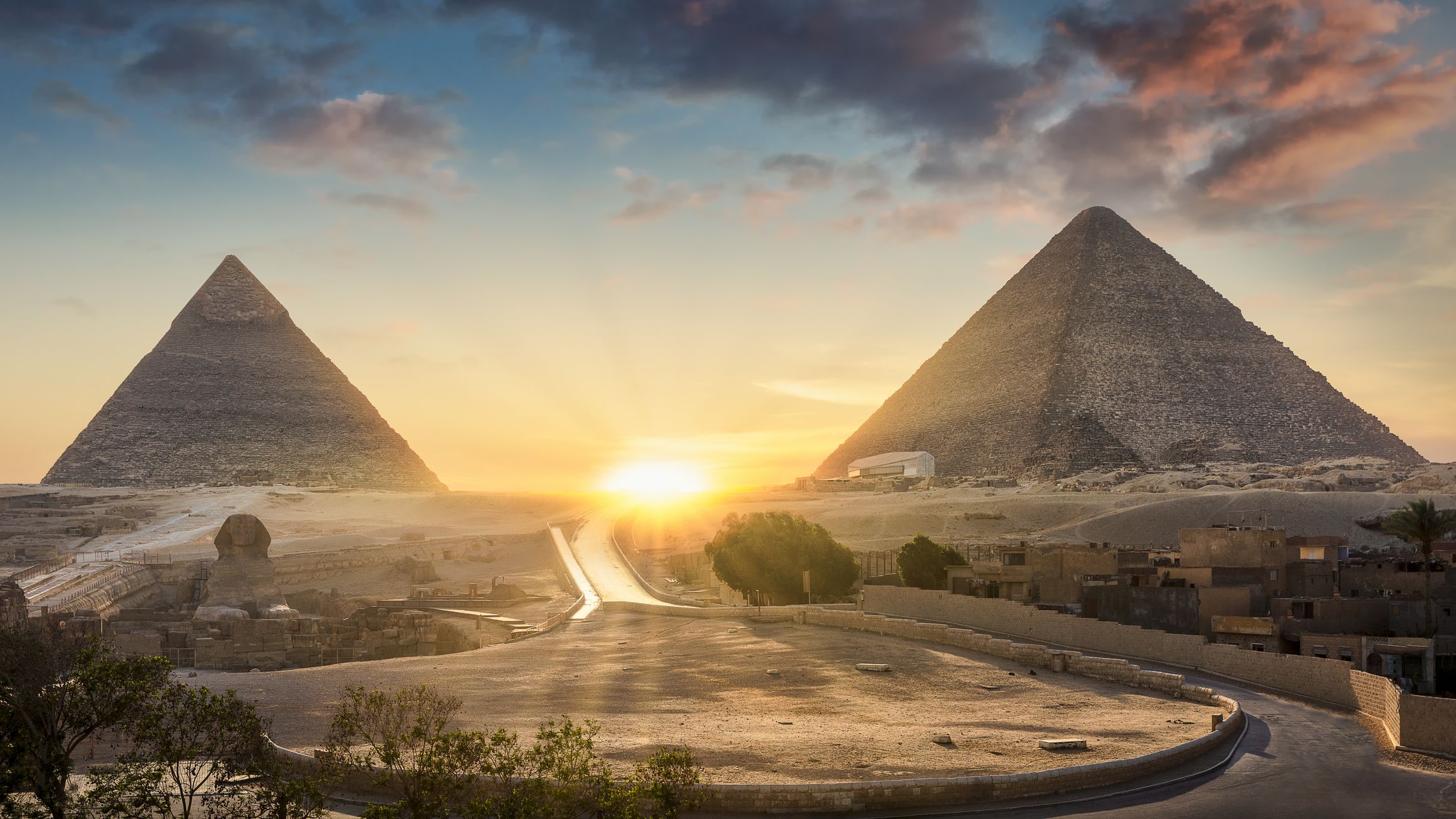
Legacy and Impact of the Pyramids
Influence of the Pyramids on Architecture
The architectural brilliance of the pyramids extends beyond ancient Egypt, influencing structures worldwide. Their design principles have inspired:
- Modern Skyscrapers : Many contemporary buildings embrace the pyramid form for stability and aesthetics.
- Memorials and Monuments : Structures like the Louvre Pyramid echo the original design, blending modernity with historical reverence.
- Cultural Symbolism : The pyramid shape represents strength and permanence, making it a popular choice in architectural motifs.
These influences demonstrate how the pyramids continue to shape the world of architecture today.
Cultural Significance of the Pyramids in Modern Times
Today, the pyramids stand as symbols of Egypt’s rich heritage, drawing global fascination that transcends borders. Their cultural significance includes:
- Tourism : They remain one of the world’s top tourist destinations, promoting cultural exchange and understanding.
- Art and Literature : The mystique of the pyramids has inspired countless works in various art forms, from literature to film.
- Educational Outreach : They serve as key subjects in studies about ancient civilizations, history, and archaeology.
Thus, the legacy of the pyramids continues to inspire, educate, and connect people around the globe, solidifying their place in both history and modern culture.

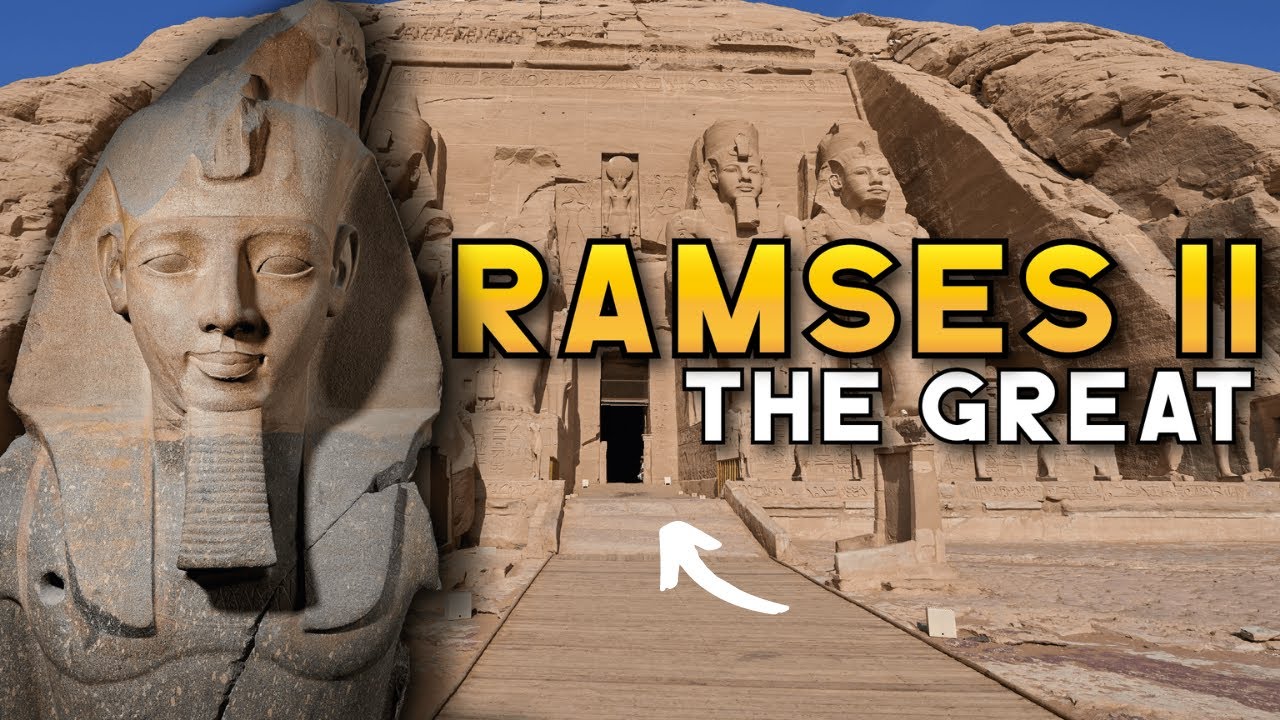
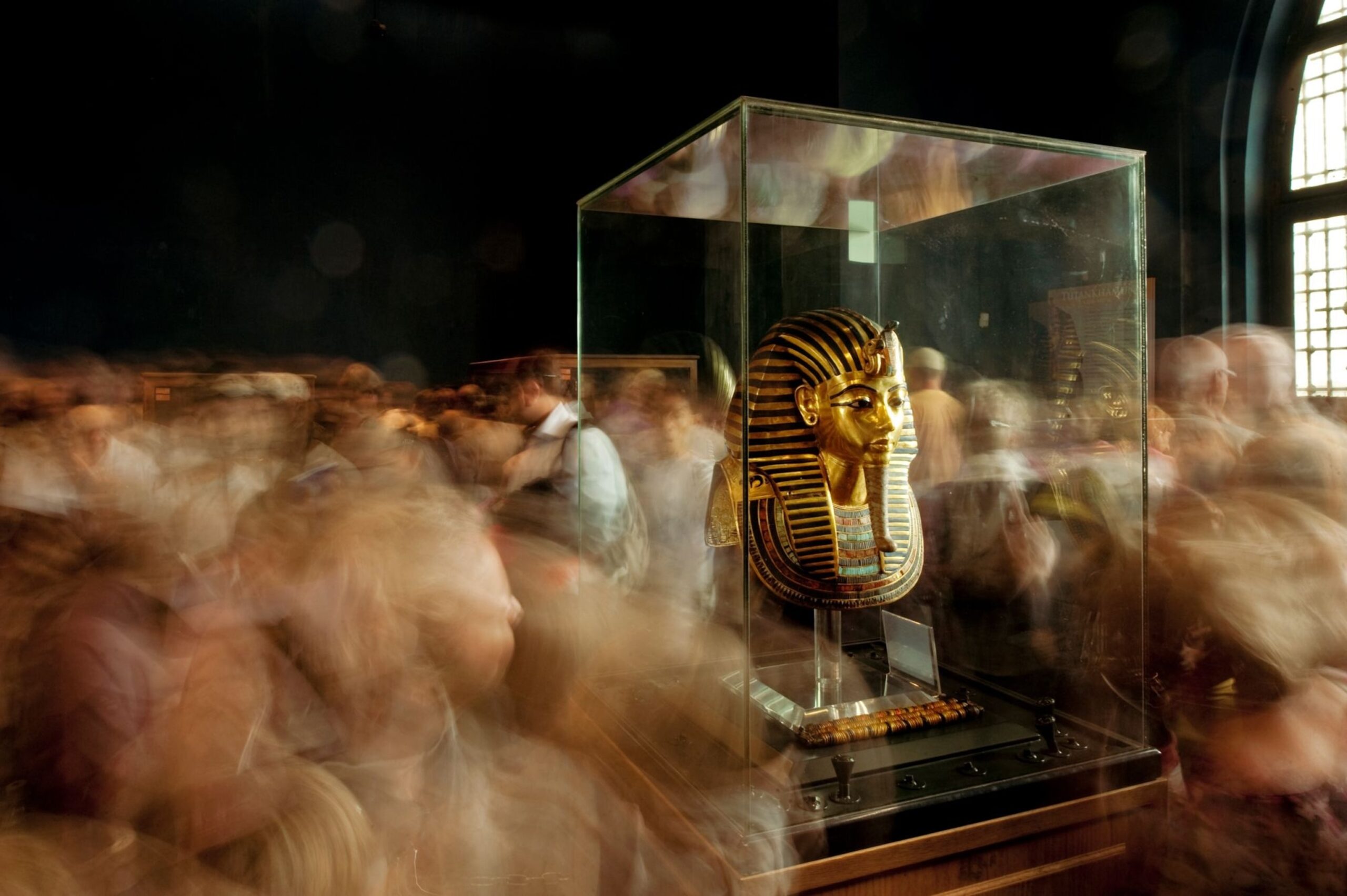


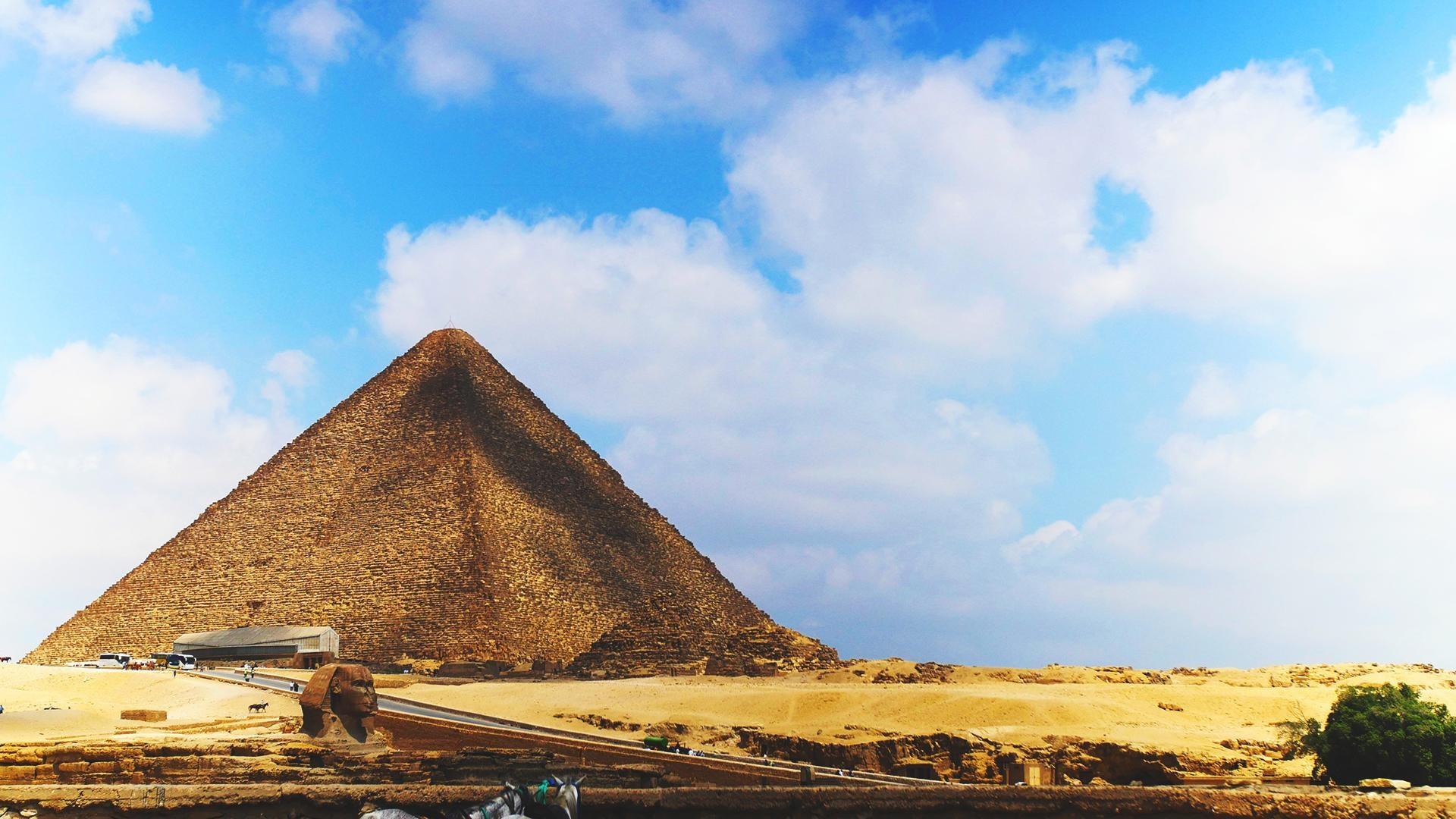
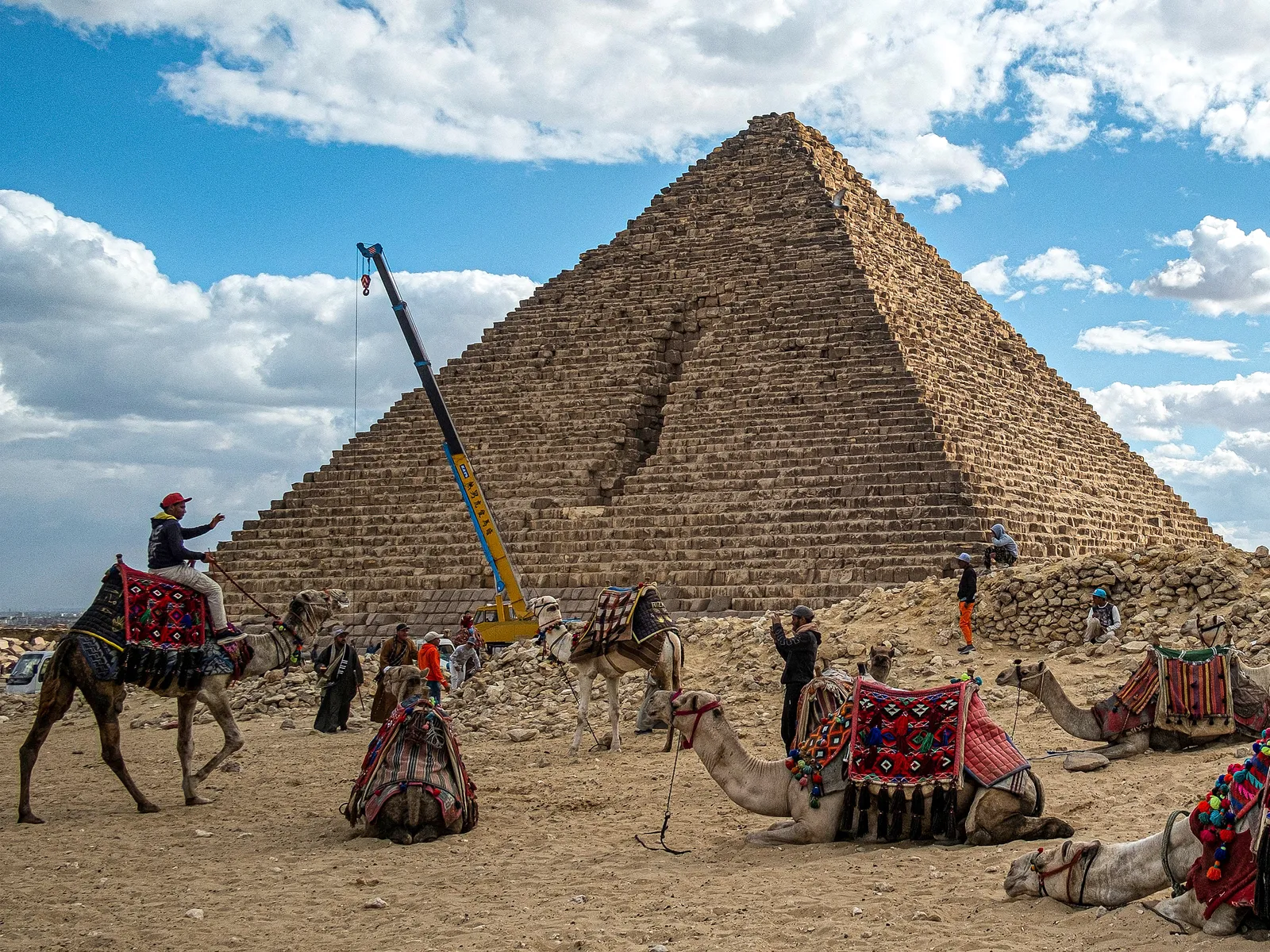



490966814.jpg)